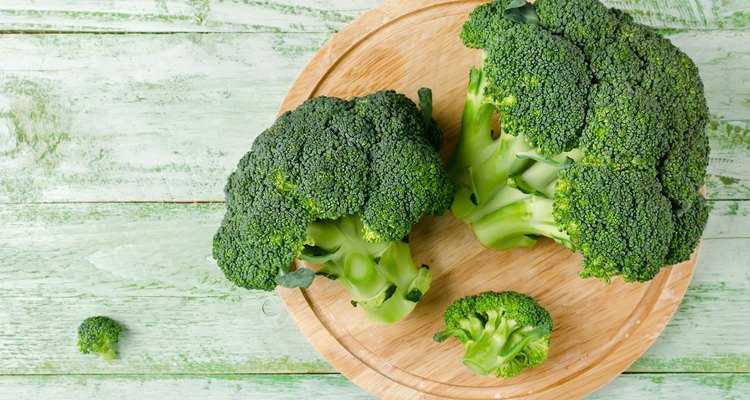
vkuslandia/iStock/GettyImages
Broccoli rabe, a distant cousin of broccoli, features edible leaves and small, broccoli-like florets. It has a bitter yet nutty flavor, and it works well in recipes requiring cooked greens, as a side dish or in stir-fries. Select fresh rabe with green leaves and tightly closed florets for the best flavor and quality. Proper cleaning gets rid of any grit caught in the florets, and a brief cooking time subdues the bitterness so the vegetable's true flavor can shine.
Fill a bowl with cold water. Hold the rabe bunch by the stems and swish it around in the water to dislodge any dirt in the leaves. Shake off the excess water.
Trim off the tough stem ends with a sharp knife. Cut the leaves into 1- to 2-inch pieces or leave them whole.
Bring a pot of water to a full boil. Add the rabe and boil for two minutes, or until the leaves become tender and bright green. Brief boiling removes bitterness and makes the rabe ready for immediate serving, if you like. Drain the boiled rabe and serve, or prepare to use it in another preparation.
Heat enough olive oil to coat the bottom of a skillet over medium heat. Add the rabe and two or three crushed garlic cloves to the pan. Stir-fry it for one to two minutes in the oil, then serve warm.
Stir-fry rabe with other vegetables and meats, such as sliced, marinated beef. Serve it with brown rice or quinoa to complete the meal.
Add boiled rabe to cold or hot pasta dishes.
Related Articles

How to Eliminate Bitterness in Broccoli
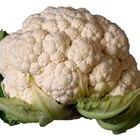
Steamed or Boiled Cauliflower
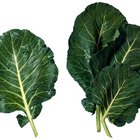
How to Blanch Collard Greens
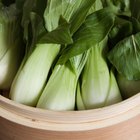
How to Steam Cook Cabbage

How to Freeze Fresh Asparagus

How to Cook Fresh Turnip Greens

How to Cook Romanesco Broccoli

How to Cook Chard
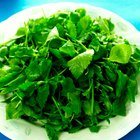
How to Cook Mixed Greens

How to Cook Cauliflower Without ...
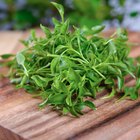
How Do I Clean Water Cress?

How to Store Your Fresh Cut Kale

How to Clean Soft-Shell Clams (Steamers)

How to Cook Kale in a Pan With Butter ...

The Healthiest and Best Way to Cook ...

How to Freeze Bok Choy

How to Cook Brussel Sprout Greens

How to Make Tuna and Noodle Casserole

Cooking Kale Greens
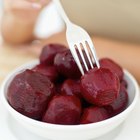
How to Boil Beetroot
References
Writer Bio
Jenny Harrington has been a freelance writer since 2006. Her published articles have appeared in various print and online publications. Previously, she owned her own business, selling handmade items online, wholesale and at crafts fairs. Harrington's specialties include small business information, crafting, decorating and gardening.